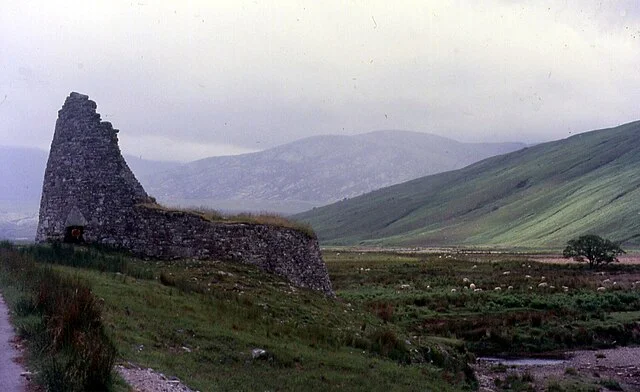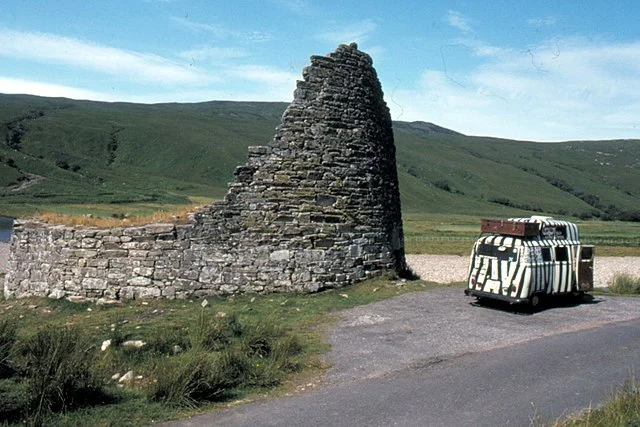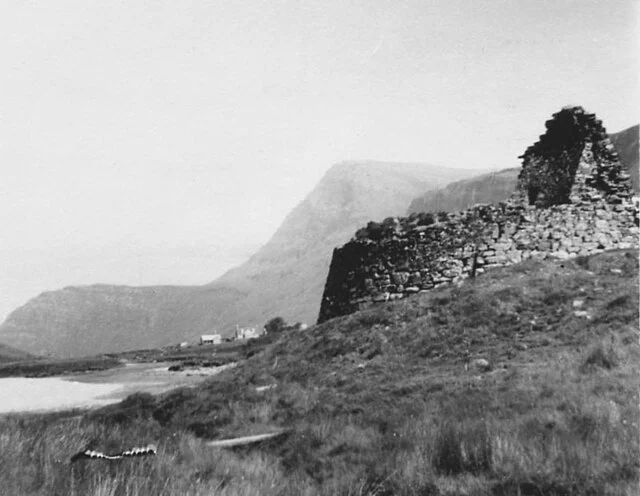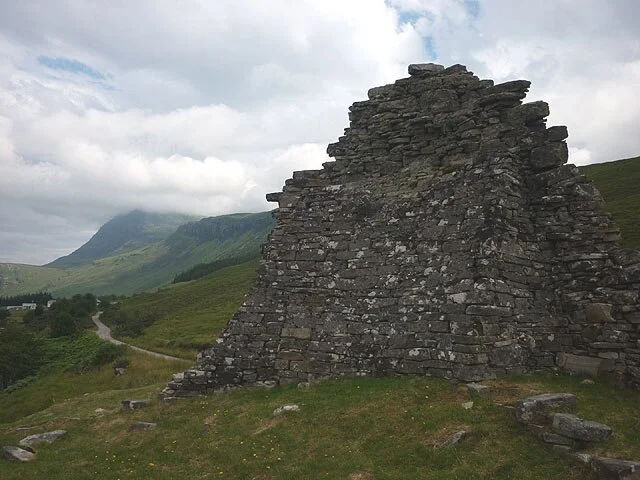Dun Dornaigil Broch, an ancient stone structure located in Strathmore, Sutherland, Scotland, is a well-preserved example of Iron Age architecture. Likely built between the 1st century BC and the 1st century AD, the broch provides valuable insights into the architectural techniques and lifestyle of its inhabitants.
Get your dose of History via Email
Structure and Design

Dun Dornaigil Broch follows the classic broch design, characterized by a circular, double-wall construction. The outer wall is approximately 4 meters thick, providing stability and insulation. This wall also encloses a narrow staircase, a typical feature of brochs, leading to upper floors. Although the broch has deteriorated over centuries, enough of its structure remains to give a clear understanding of its layout.
The broch stands in a valley surrounded by hills, offering natural defense. Its strategic position suggests it was meant to monitor movement along the valley and provide protection. Brochs were often built in such locations for tactical advantages, highlighting the thought behind their construction.
Purpose and Function

Brochs like Dun Dornaigil served multiple functions. They likely provided shelter and protection for local communities. With thick walls and elevated floors, the broch offered defense against intruders and extreme weather. Archaeological evidence suggests that brochs may have been social or political hubs, where the local elite resided or convened.
The structure’s height and strategic location allowed its inhabitants to monitor their surroundings, likely warning of any approaching threats. Some researchers propose that the broch’s design also aimed to impress, underscoring the status and power of its residents.
Construction Techniques

The builders of Dun Dornaigil employed sophisticated dry-stone masonry techniques, carefully selecting stones to interlock without mortar. The precision in stone placement ensured structural stability and longevity, as evidenced by the broch’s condition today. The walls’ thickness, coupled with their double-layered design, provided insulation and strength. This meticulous construction illustrates a high level of skill in Iron Age engineering.
The presence of a well-built entrance passage further exemplifies the builders’ attention to detail. This passage is designed to limit the entry of large groups, adding an additional layer of defense.
Archaeological Significance

Dun Dornaigil Broch is one of the best-preserved brochs in Scotland, contributing significantly to our understanding of Iron Age society. Archaeological excavations around the broch have revealed artifacts such as pottery fragments, tools, and animal bones. These finds suggest that the broch’s occupants engaged in farming, hunting, and possibly trading with nearby communities.
The study of Dun Dornaigil Broch has helped scholars understand social hierarchies, resource management, and architectural expertise during the Iron Age in Scotland. By comparing Dun Dornaigil with other brochs, archaeologists gain insights into regional variations in broch construction and use.
Preservation and Modern Interest

Today, Dun Dornaigil Broch is managed by Historic Environment Scotland. Visitors can explore the site, gaining a sense of Iron Age life through the broch’s impressive remains. Efforts to preserve the broch involve regular maintenance and conservation projects to stabilize its walls and prevent further erosion.
The site has become a point of interest for both archaeologists and tourists. It represents the resilience of Iron Age architecture and provides a tangible link to Scotland’s ancient past.
Conclusion
Dun Dornaigil Broch offers a fascinating glimpse into Iron Age Scotland. Its design, construction techniques, and purpose reflect the skills and needs of its builders and residents. As one of Scotland’s better-preserved brochs, Dun Dornaigil remains an invaluable archaeological resource for understanding this period of history. Through continued preservation and study, Dun Dornaigil Broch will remain an essential site for exploring the cultural and architectural achievements of Iron Age Scotland.
Source:

